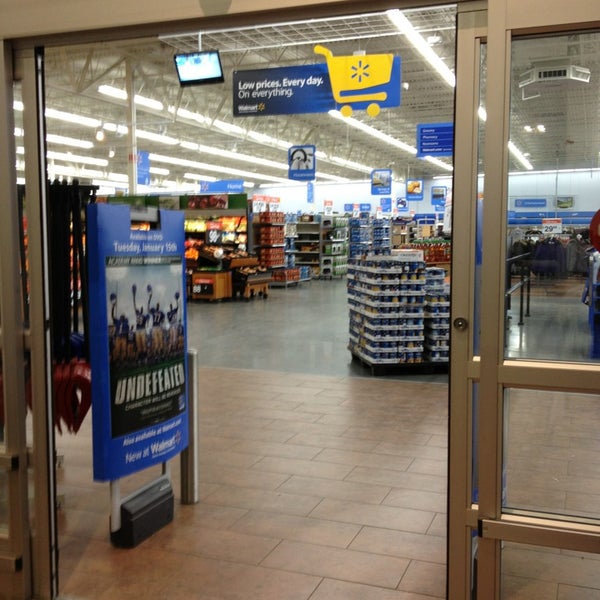
The first Wal-Mart opened its doors in 1962 in Rogers (Benton County). Limited partners within company management were allowed to invest up to $1,000 in new stores. Also during this period, Walton began to offer employee profit-sharing, engendering greater employee loyalty and production. This replaced the comparatively inefficient method of having cash registers located throughout a store. He also introduced centrally located cash registers, allowing customers to purchase all their items at once.

He scoured the region in an effort to lure away top managers from other retailers.

Walton continued to develop practices that today form the bedrock of Wal-Mart’s success. Its proximity to Midwestern markets, such as Kansas City, proved especially beneficial. In 1950, “Walton’s 5 & 10” debuted in Bentonville (Benton County), a town that would eventually become the site of Wal-Mart’s corporate headquarters. The success of his Newport outlet-which Walton later sold for a profit-led to the establishment of more stores. It led to the company’s greater purchasing power, allowing Walton to wrangle ever more beneficial prices from manufacturers. This was the Wal-Mart method: offering low prices that spurred increased sales volume. He also began the practice of buying goods wholesale and selling them to consumers at discounted prices. Walton maintained constantly stocked shelves and kept tabs on which items sold and which did not. Walton proved to be innovative in improving “throughput”-the tight control of inventory flow that is necessary to maximize profits. Though it would be another seventeen years before he established the first Wal-Mart outlet, the company’s eventual business practices were formulated during the 1940s and 1950s. Acquiring $20,000 in capital from his father-in-law, he purchased a Butler Brothers franchise store (Ben Franklin) in Newport (Jackson County). Army during World War II, Walton decided, in 1945, to open his own department store. Penney, earning seventy-five dollars a month. After graduating from the University of Missouri at Columbia, he took a job in Des Moines, Iowa, as a management trainee for clothing retailer J.

For most of its history, it has been closely identified with its founder, whose homespun image often belied the aggressive, innovative business model he developed.īorn near Kingfisher, Oklahoma, on March 29, 1918, Walton grew up during the Depression, working on his family’s farm and at a number of other jobs. Here's what we know about store hours on Thanksgiving Day 2022.Founded in 1962 by Sam Walton, Walmart Inc., the world’s most profitable retail outlet for many years, also became the largest employer in the United States, with more than one million employees (called “associates”) and thousands of stores worldwide. 24, with regular holiday hours at most locations. Yet some companies, like big-name drugstore Rite Aid and supermarket chain Whole Foods Market, will remain open on Thursday, Nov. The growth in popularity of online shopping also lets retailers profit before the kickoff to the holiday shopping season even with brick-and-mortar stores closed. Retailers also are starting to extend the holiday shopping window, offering deals earlier than ever before. Target, for example, told employees in 2021 that closing stores on Thanksgiving would become "the new standard" after CEO Brian Cornell heard from workers who were happy to stay home for the holiday. In reaction to the COVID-19 pandemic, many stores abandoned their late-night Thanksgiving hours because of COVID-19, and most of them plan to carry that practice into 2022 and beyond. Kroger CEO Rodney McMullen talks about inflation and the latest food trends as holiday shoppers head to their local grocery stores ahead of Thanksgiving.


 0 kommentar(er)
0 kommentar(er)
